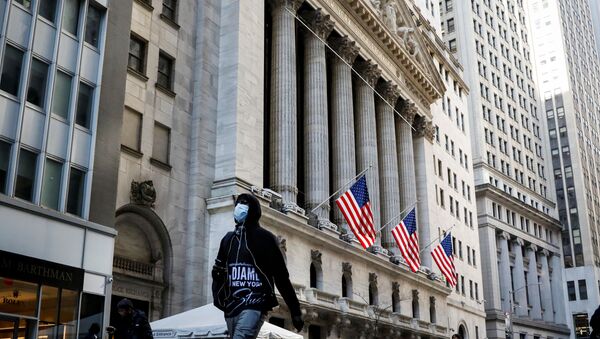As trading ended on Monday, the Dow Jones Industrial Average (DJIA) was nearly 1,300 points higher than where it opened, closing at 26,703.32 - a 5.09% jump. The S&P 500, which measures the performance of the market’s top 500 companies, was up 136.01 points, finishing at 3,090.23. The Nasdaq Composite, which follows common stocks and other securities, saw similar success, closing at 8,952.17 - 384.8 points above Friday’s close.
On Monday, the World Health Organization said the COVID-19 novel coronavirus, which originated in Wuhan, China, late last year, “can also be contained with the right measures.” The illness, related to severe acute respiratory syndrome (SARS) and the common cold, has killed more than 3,000 people and infected 90,000 people in 61 countries.
According to Forbes, global stocks suffered their worst combined losses last week since 2008, destroying $5 trillion worth of wealth.
Monday statements from the Bank of Japan, US Federal Reserve and International Monetary Fund all reaffirmed investor confidence in a coordinated response to the economic impacts of the coronavirus. Travel has been sharply curtailed to and from countries and regions where the virus is concentrated, including Italy, South Korea, China and within China, the central province of Hubei, the epicenter of the outbreak and where Wuhan is under quarantine.
However, some experts cautioned the chaos wasn’t over yet.
“I wouldn’t put too much into this,” Peter Cardillo, chief market economist at Spartan Capital Securities, told CNBC Monday. “Although I think we’re getting close to putting in a bottom, I still think we need to drop another 2% to 3% to have some sort of capitulation.”
“If the central banks intervene that is great and I appreciate that, but will this fix the problem?” Andrea Carzana, an equity fund manager for Columbia Threadneedle Investments, told the Wall Street Journal. “If companies need to shut down because of the virus it doesn’t really matter how much liquidity you put into the system."

